Desensitisation is a type of behaviour modification technique designed to help your pet learn to manage distressing triggers. By allowing your pet to experience the stimulus gradually and in tiny increments, they may eventually learn to face it with less or non-reactive responses.
This method is typically paired with counter-conditioning, which offers rewards in place of the negative stimuli to shift the pet’s reaction from anxious and fearful to positive and enjoyable.
As technical as these training concepts may sound, modifying your pet’s behaviour in this manner is relatively simple: expose them to low-level triggers while offering high-level rewards.
Still confused? Let us Zum in with a step-by-step:
1. Set up the environment for your pet’s success
Whether it’s hiding places for your cat or a comfortable spot for your dog, these are necessary to put your pets at ease. Make the location extra relaxing with their favourite bedding, toys or treat.
2. Identify your pet’s threshold for the trigger
Start at the lowest level of exposure and monitor your pet’s reactions to it. If they are able to remain calm, reward them with treats, affection or toys — whichever they enjoy most. Any adverse reactions to the trigger is your cue to back up. Start again at a comfortable or lower level of exposure.
3. Allow your pet to experience it safely and positively
Once you have found the threshold, repeat the exercise over several sessions to begin desensitisation. When your pet no longer responds (negatively) to certain levels of exposure, work your way up, taking care to only increase the trigger in small increments. In earlier stages, avoid using combined stimuli — both scary noises and an unfamiliar item, for example — as it may be confusing. Observing your pet’s behaviour closely, make sure they are able to remain relaxed throughout these practices.
4. Level up with other elements
Once your pet is able to stay calm and go about their usual self — sleeping, eating or playing — near the stimulus, continue to repeat these exercises and add other factors to the mix. For instance, different or louder sounds they may be afraid of, or having a visitor move around the house if they fear strangers.
Desensitisation is pretty straightforward once you get the hang of it, but it’s important to note that the process will take time and patience. This varies from pet to pet depending on their previous experiences, their innate characteristics as well as their relationship with you.
But fret not, loving owners — approach every session with a paw-sitive attitude and have some faith in your furry friend! And if you need a boost, there are always veterinary behaviourists who can help make life easier for you and your pet.


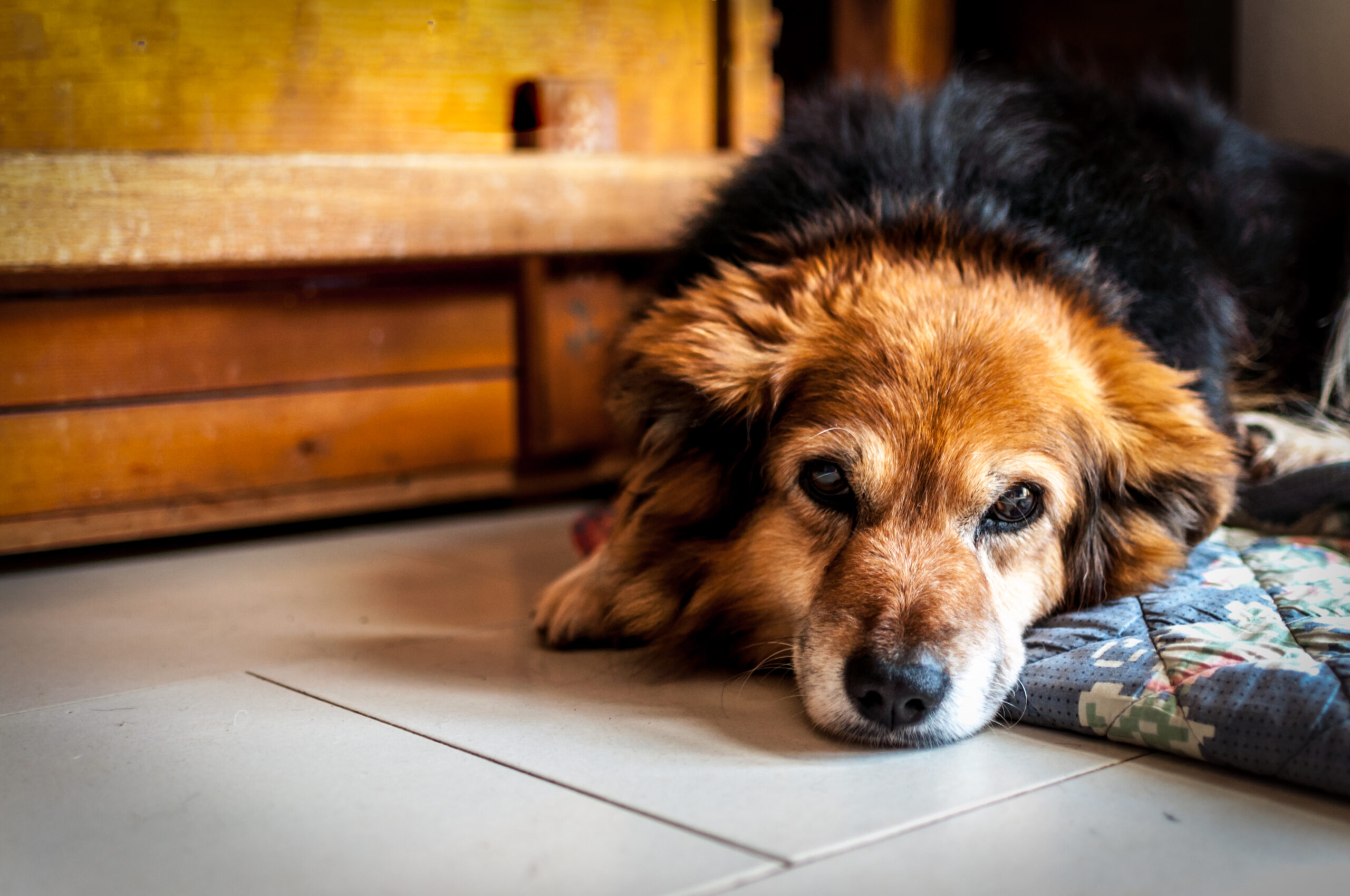
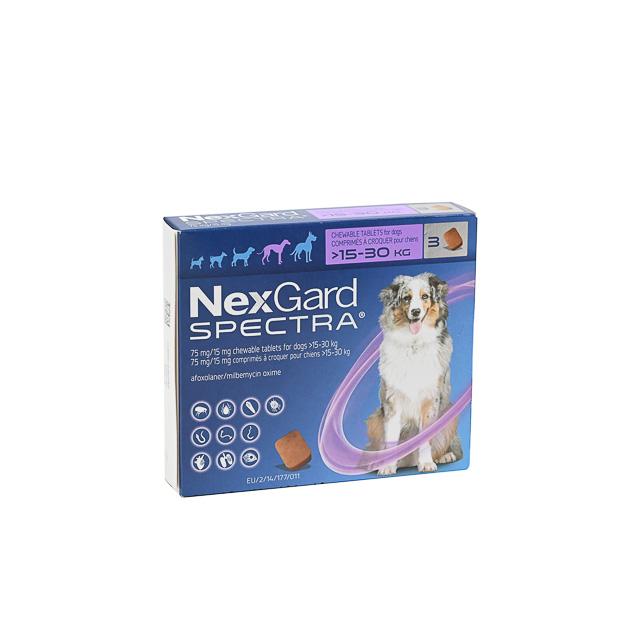
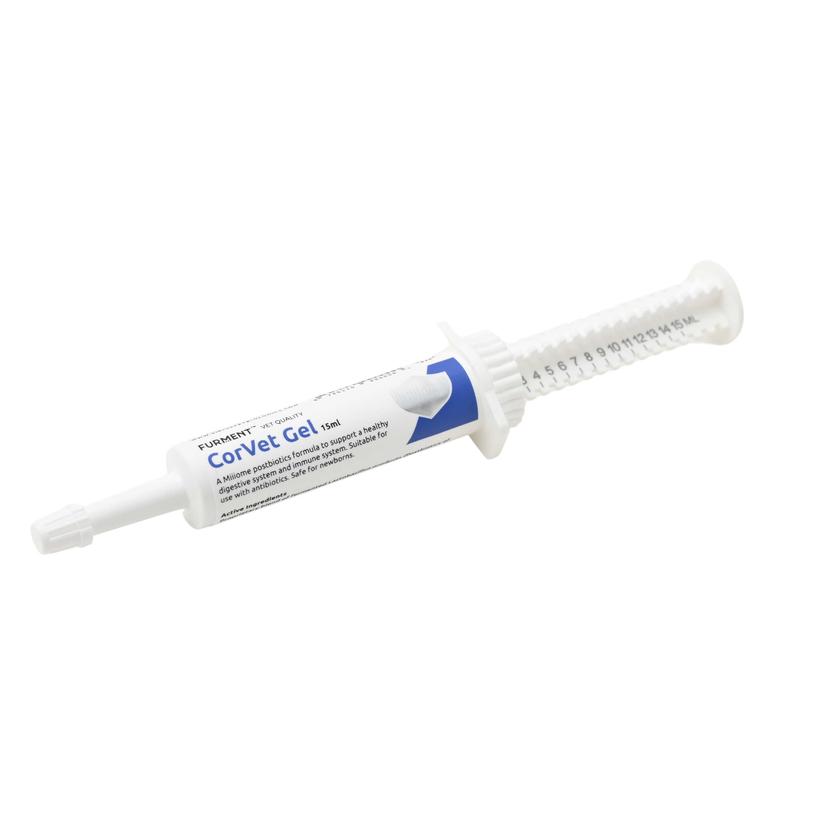





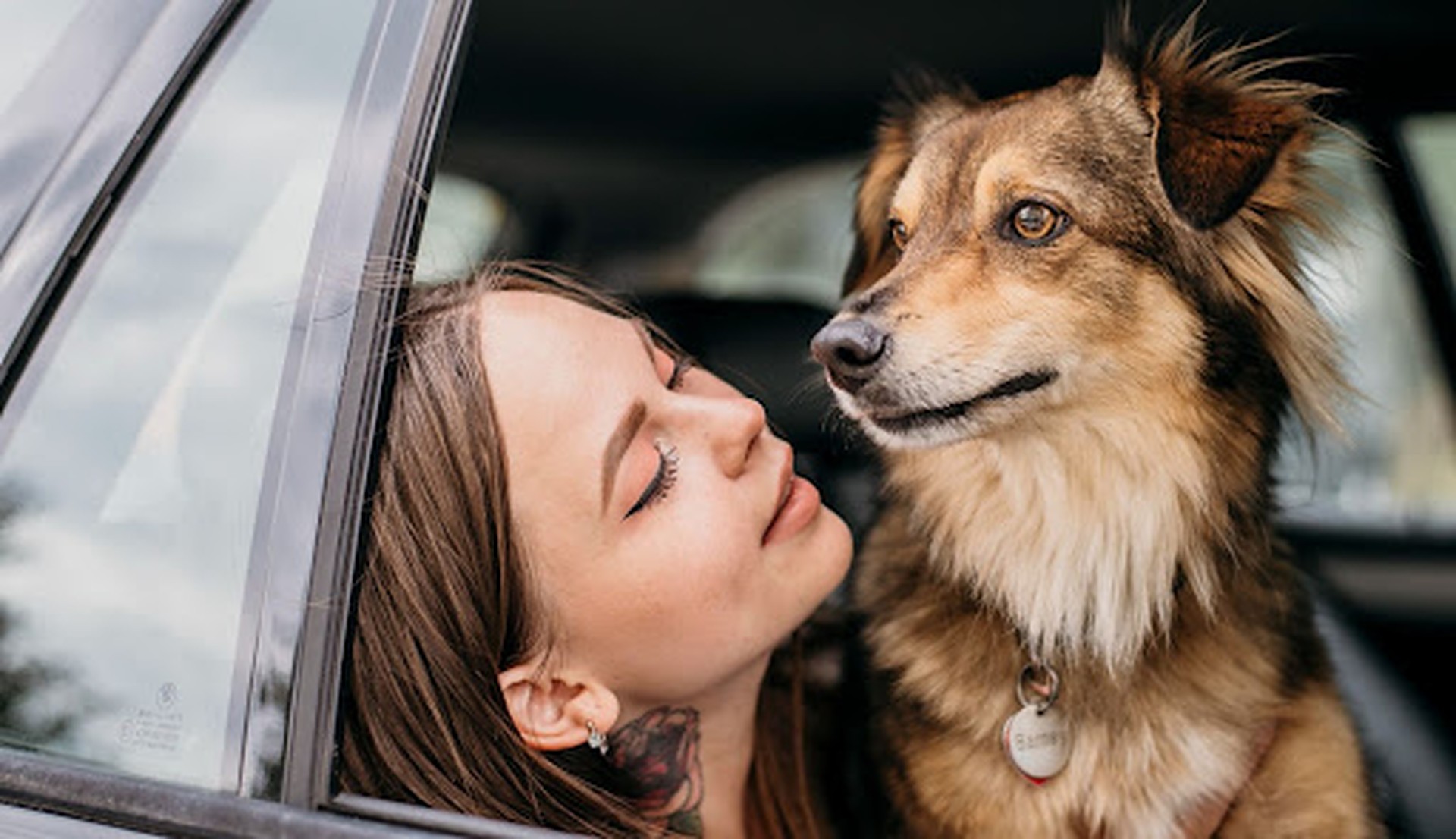
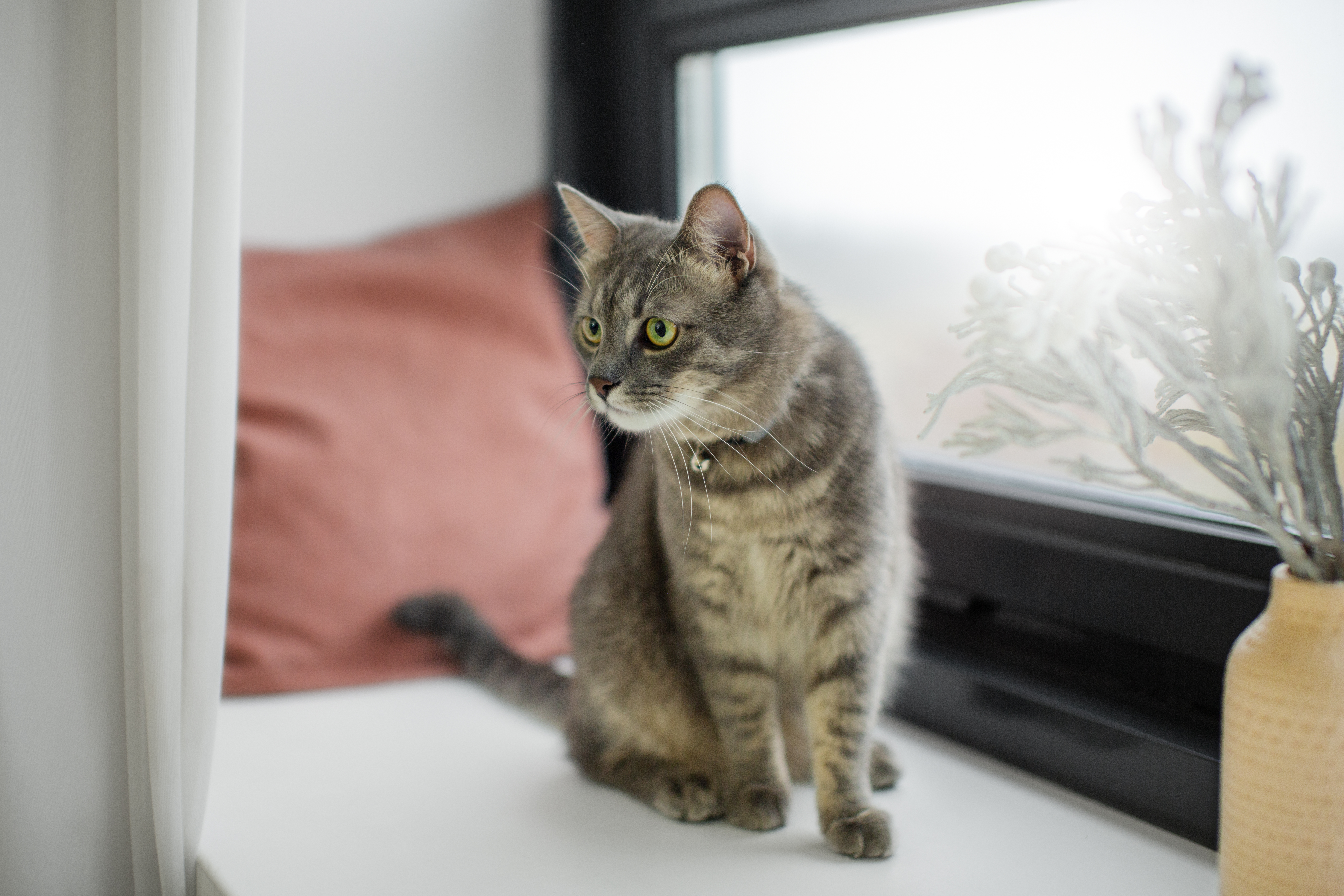


One Response